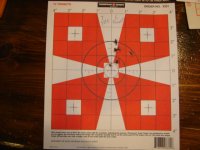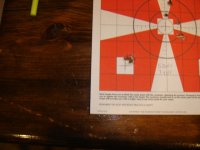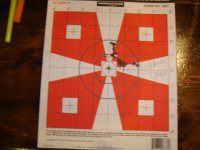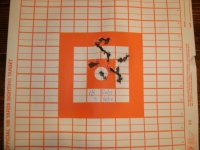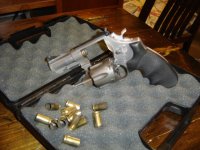No professional in the world of shooting (targets, wildlife, aircraft, armored vehicles or personnel, just to name a few) believes, practices or preaches that. Once you learn the fundamentals of anything, you must continually practice them in order to apply them effectively.
Shooting paper on a static range is much different than shooting at armed personnel.
This is a "I say tomayto, you say tomawto" argument. You always find those that are dead set for one cartridge or the other. "In my experience" is a statement that can be gauged only by the actual experience one has had such as shooting paper, rocks, people, animals, jet aircraft, etc.
The end of the story is that virtually any firearm is only as deadly as the shooter, and deadly is one who is trained and practiced. The difference in .40 S&W and .45 ACP (and many other cartridges for that matter) is in that shooter, not 10 ft. lbs of energy or 50 fps in velocity; as cartridges go, those two are not much different ballistically. Pick the apple or orange you like, and learn how to use it, and train with it and then you can make up movie scripts on how many zombies you can kill or hoards of insurgents or whatever, but base your effectiveness on your actual proficiency level. Proficiency is developed only by knowledge and practice. That is also of extreme importance regarding weapons safety.
If one is going to disparage a caliber or cartridge, one should base one's comparison on actual applicable use. Either of these cartridges is capable of it's designed use in the hands of a trained and practiced shooter within the limits of that weapon. Handguns are difficult to employ effectively without this concept, which is why the
My experience with weapons and their use is purely a military one. However, the basic principles for effective use of all weapons, short range, long range, direct and indirect are all the same. Training and proficiency is how you succeed on the battlefield, even if that battlefield is in your front yard or your living room.

